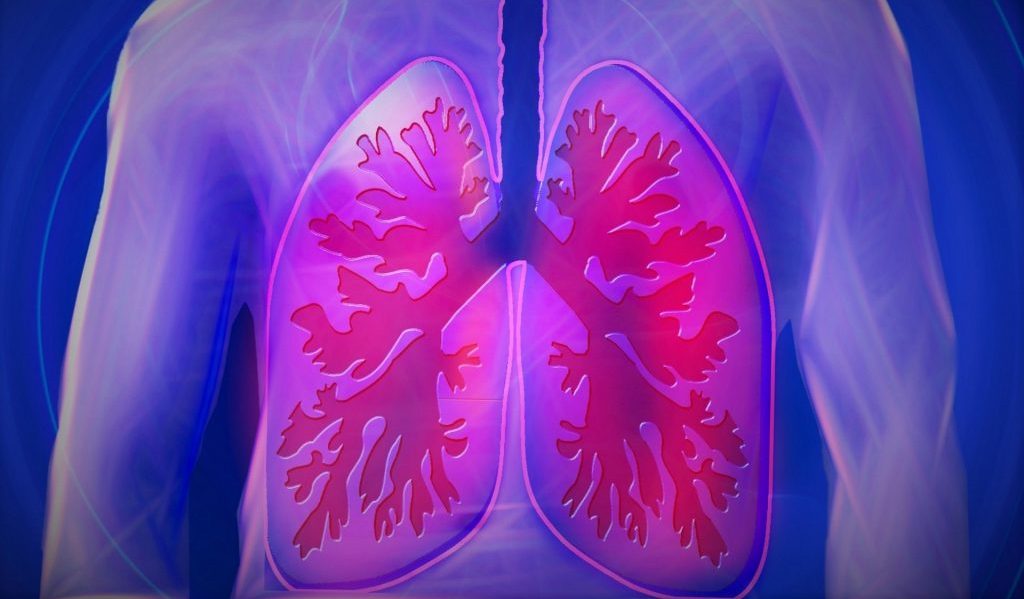Chronic obstructive pulmonary disease (COPD) is a common chronic lung condition primarily caused by smoking and prolonged exposure to harmful environmental irritants.
These substances lead to structural changes in the lungs—such as narrowed airways or emphysema—which gradually cause airflow obstruction and ultimately result in COPD.
Common symptoms
Patients often experience shortness of breath or difficulty breathing, typically accompanied by chronic coughing and sputum production. COPD is marked by recurrent flare-ups, which occur more frequently during seasonal or climatic changes. Without proper management, the disease can persist for years or even decades.
Health risks
The airflow obstruction caused by COPD doesn’t only affect the lungs—it can also impact multiple organs throughout the body. Over time, this may lead to serious complications such as pulmonary heart disease (cor pulmonale), and in advanced stages, progress to respiratory failure or failure of other organ systems, which can be fatal.
Common causes
- Genetic factors (e.g., alpha-1 antitrypsin deficiency)
- Smoking (the leading cause)
- Indoor and outdoor air pollution
- Long-term exposure to dust, chemicals, or toxic fumes
- Recurrent lung infections
Prevention and treatment
In its early stages, COPD often causes no significant discomfort. Its symptoms can resemble those of a common cold and are frequently overlooked. By the time more noticeable symptoms emerge, the disease has often reached a moderate or advanced stage, and treatment becomes less effective.
A comprehensive approach is essential for management. This includes smoking cessation, good nutrition, pulmonary rehabilitation, preventing colds and flu (e.g., through vaccination), strengthening immune function, and consistent use of medications during stable periods. During acute episodes, doctors can help relieve symptoms and slow the loss of lung function. It’s important to note, however, that there is no cure for COPD. Severely damaged lung tissue cannot be repaired, and no medication can fully reverse the disease.
Thus, prevention is crucial—and the most effective step is to avoid smoking and secondhand smoke.
Connection with lung cancer
COPD is a major risk factor for lung cancer. People with COPD are about three times more likely to develop lung cancer than the general population. This link exists because both diseases share common triggers, especially smoking, as well as chronic inflammation caused by smoke, dust, and air pollutants.
As a result, COPD patients should remain vigilant. If their condition worsens, or if new symptoms appear—such as coughing up blood (hemoptysis) or detected lung masses—and these do not respond to standard COPD treatments, further investigation for lung cancer is warranted.
